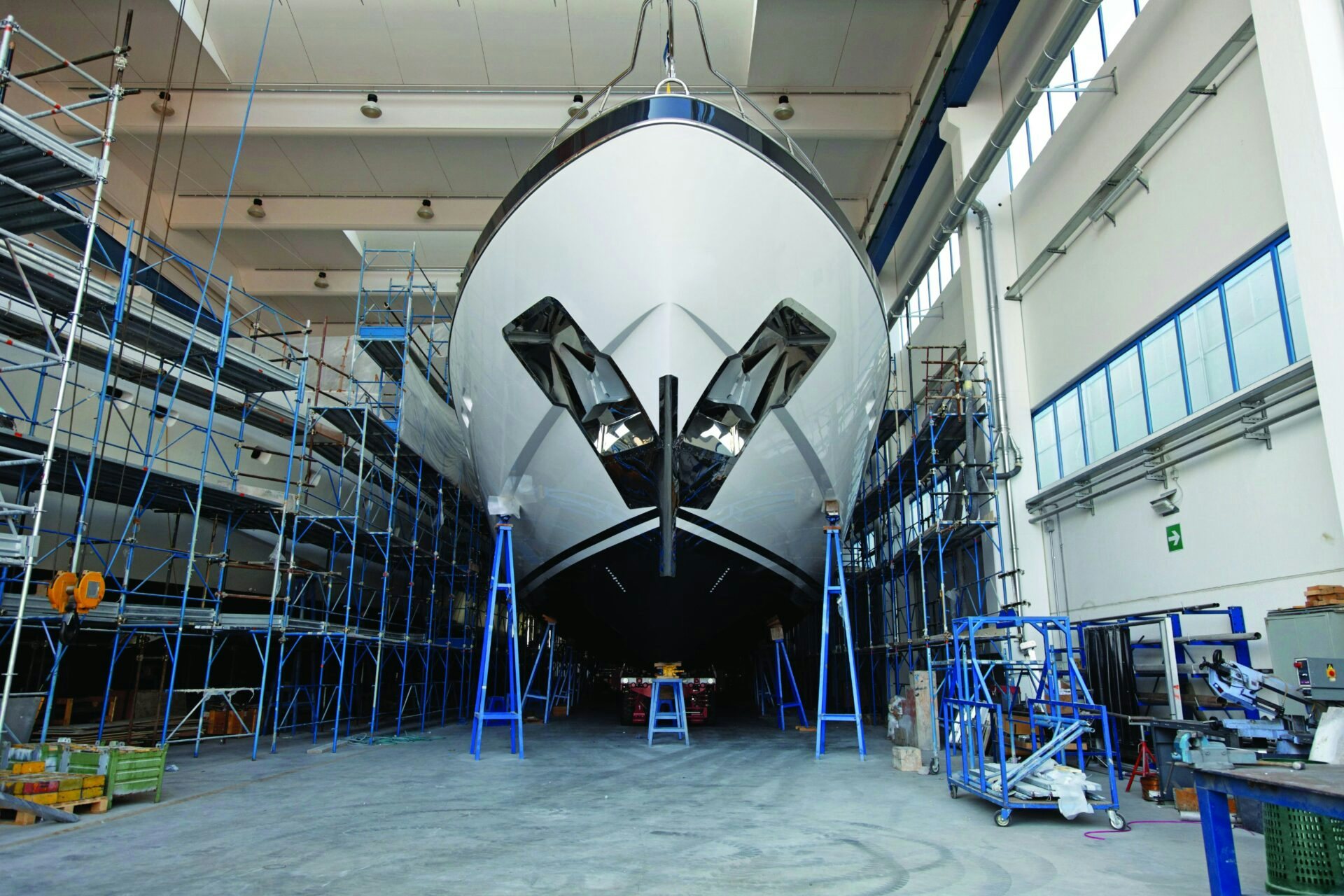THE YARD REPORT — PART I — WASHINGTON, U.S.

I was lucky enough to visit leading shipyards in the first few months of 2016. During these visits, I found each yard has its own unique selling points and all that I visited had successfully weathered the global financial crisis. I have put together a summary of each of the yards visited to highlight what, in my opinion, each has to offer and to help identify which clients would be best suited to build a yacht at which yard. This is the first in our shipyard visit series.
Delta
Upon arrival at Delta, it was evident that this is a proud, family run yard and Chris Jones along with his father, Jack, are extremely passionate about the yachts that they build. The main facility in Seattle, Washington, covers 25 acres, where currently Delta has a number of yachts under construction. In addition to these new builds underway, Delta’s in-house design team is creating new, contemporary plans, which should prove successful if these possible projects hit the market.
Delta prides itself on the unique construction method of its larger yachts by combining steel hulls with GRP superstructures, rather than the industry norm of steel and aluminum. It is Delta’s belief that this prevents the usual corrosion issues found between the joints of two dissimilar metals; this also provides better weight distribution. Delta points out that steel and GRP have very similar heating patterns, which causes less stress on fairing and paintwork. Once a GRP mold has been used on a custom yacht, it is discarded; each mold is built specifically for each yacht. Delta also offers extensive, dedicated refit facilities.
In summary, Delta continues to lead the Northern American market for fully custom yachts; each yacht has a bespoke design, finish and price for every client.
Westport
Westport also is based in Washington. It has a number of facilities, which are split up according to the yacht size and the relevant stage of the production line. A 30-minute flight from Seattle will take you to Westport’s head offices, which are under the eye of Daryl Wakefield. Westport’s team can be found studiously working away on yachts ranging from 112 to 164 feet. Following the acquisition of Westport by members of the Chouest Family, Wakefield sees a bright future for Westport and hopes to start working on a larger GRP yacht to satisfy his returning client base.
Offering a range of four different yachts, all of which have proven to be continued successes, Westport is currently benefitting from a healthy order book — in particular the 164-foot Hull 14, which is being delivered to a repeat client. Despite little change in the design of its yachts throughout recent years, Westport is aware that innovation is required to keep up with its competitors. It is worth noting, however, there are very few yachts on the market that can offer the simplicity, space and, most importantly, the speed of a Westport.
All Westport yachts are built from GRP allowing the company to perfect its molds; this means a better quality product and shorter delivery times. With the yard moving over to infusion resin on some of its composite molds, many Westport hulls are still constructed using traditional hand-laying methods.
Westport is confident that it is leading the market with GRP yachts, especially in North America, where very few other builders offer the same level of infrastructure or experience. Westport’s biggest issue, however, has been an inability to satisfy customer orders for yachts larger than 164 feet, culminating in a loss of the client to rival yards. Wakefield is confident that with time Westport will be able to accommodate its customer’s requirements, building 180-foot-plus GRP yachts with the simplicity and speed its owners and crew love.
Check back with us next month for The Yard Report — Part II — Northern Europe.
Read Next
Navigator Newsletter Stay informed on all things yachting and luxury lifestyle with the bi-monthly Navigator newsletters.
